lundi, 30 mai, 2022
Tous les ans, dès le début des beaux jours, les juments deviennent périodiquement plus nerveuses et de mauvaise humeur. Ces changements de comportement sont liés au retour de leurs chaleurs. Équivalentes aux menstruations chez la femme, les chaleurs sont connues de tous les cavaliers. Mais connaissez-vous vraiment le cycle des chaleurs d’une jument ? Savez-vous quels sont les signes qui montrent que votre jument est en chaleur ? Dans cet article, on vous explique tout pour que vous deveniez incollable sur les chaleurs des juments.
Le cycle des chaleurs d’une jument est différent de celui d’une femme. Voici comment il fonctionne :

Le cycle de la jument s’étend sur une durée de 21 ou 22 jours. Il se compose de deux phases qui s’alternent. La première phase est la période de chaleurs, appelée oestrus, durant laquelle elle peut s’accoupler. La seconde phase correspond à celle où la jument rejette l’étalon et s’appelle interoestrus.
Les chaleurs durent environ 4 à 7 jours suivant les juments et se répètent toutes les 3 semaines. En revanche, la jument n’a pas ses chaleurs durant la période hivernale. Celles-ci n’interviennent que d’avril à octobre. Pourquoi ? Parce qu’il se trouve que les chaleurs sont liées à la lumière du jour. Cette lumière étant moins importante en hiver, les chaleurs ne sont pas déclenchées. En revanche, lorsque les jours rallongent, la lumière augmente, ce qui déclenche les chaleurs. La jument a donc un cycle saisonnier.
Bien évidemment, la Nature étant pleine de surprises, il arrive que des juments aient leurs chaleurs toute l’année mais cela ne se produit que très rarement.
Les premières chaleurs apparaissent très tôt, généralement entre l’âge de 12 et 18 mois. À l’inverse des humains, les juments n’entrent pas en ménopause à partir d’un certain âge. Elles subissent une baisse de fertilité, leurs chaleurs se déclenchent plus tardivement et leur gestation peut durer plus longtemps. Chez les juments très âgées, on observe même un arrêt total des chaleurs avec le temps.
Qui n’a jamais entendu qu’une jument en chaleur était plus sensible, plus nerveuse et plus capricieuse lorsqu’elle est en chaleur ? En effet, les chaleurs des juments affectent leur comportement de différentes manières et plus intensément d’une jument à l’autre.
Lorsqu’elle est en chaleur, la jument a tendance à se camper. Cela signifie qu’elle se fige, les jambes arrière écartées. Le plus souvent, cela se produit lorsqu’elle croise un hongre ou un étalon. Elle peut également soulever la queue et la mettre sur le côté. Du mucus, de couleur jaune blanchârte peut s’écouler de la vulve et sur le long des cuisses de la jument. Il est fréquent que des jets d’urine se produisent. C’est pour cela qu’on surnomme les juments en chaleur les “pisseuses”. C’est un des signes les plus parlants pour reconnaître les chaleurs des juments. Vous pouvez aussi noter un “clignement” de la vulve de votre jument. En revanche, à l’inverse des Hommes ou encore des chiens, la jument ne saigne pas lorsqu’elle a ses chaleurs car sa muqueuse utérine ne s’épaissit que lorsqu’il y a fécondation.
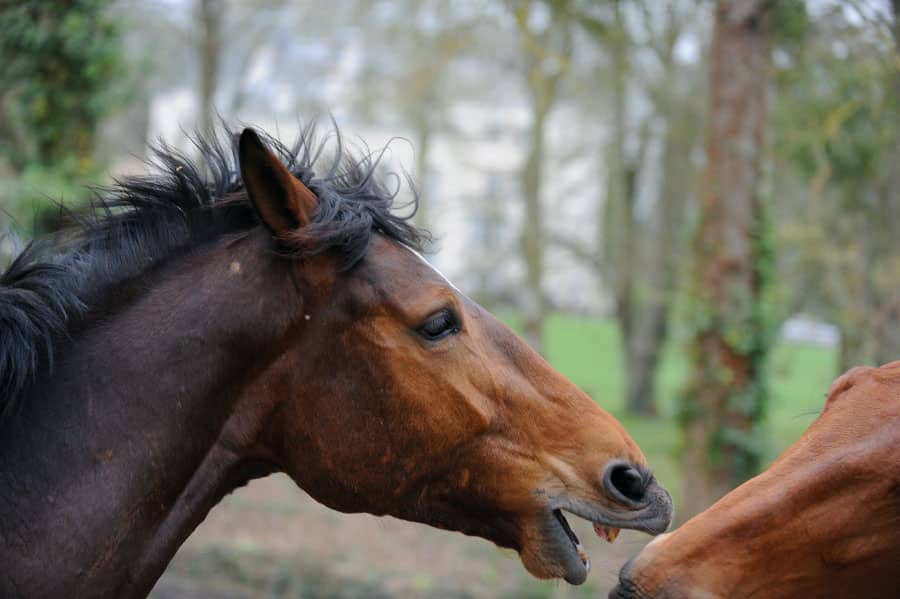
Niveau caractère, elle sera plus nerveuse qu’à l’accoutumée, ce qui se traduira entre autres par des hennissements. Elle peut aussi se montrer plus capricieuse et irritable à pied ou à la monte. Faites attention lors des soins et de la préparation, les chaleurs peuvent être source de douleurs ovariennes pour votre jument.
Une fois de plus, tout comme les femmes, les juments ne réagissent pas toutes pareilles à leurs chaleurs et peuvent y être plus ou moins sensibles.
Comme pour les menstruations féminines, il n’existe pas de traitement miracle. En revanche, il existe des moyens de soulager les douleurs et les troubles comportementaux liés aux chaleurs.
Des traitements naturels peuvent être utilisés comme la phytothérapie. Des plantes comme la camomille, la mélisse ou le houblon peuvent avoir des effets antispasmodiques, anti-inflammatoires et anxiolytiques et aider les juments à mieux supporter les chaleurs.
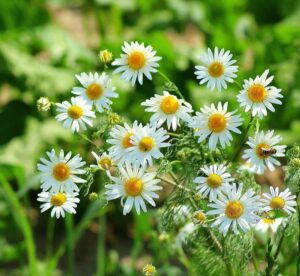
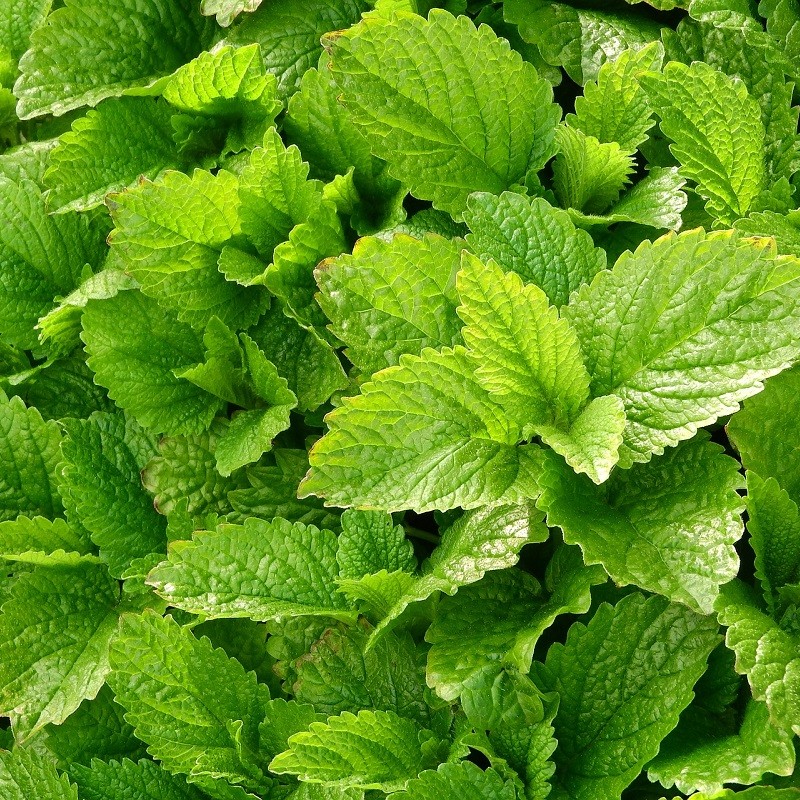
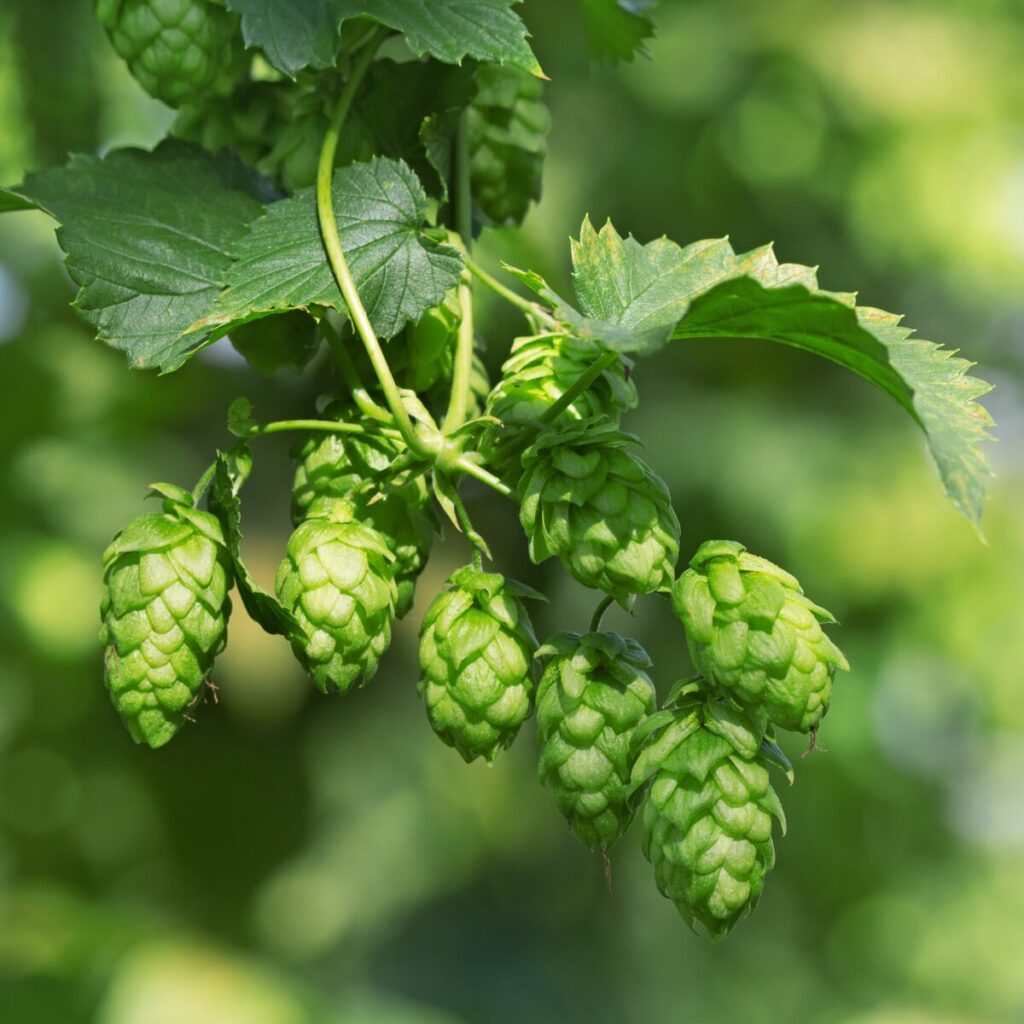
D’autres traitements hormonaux existent comme par exemple l’administration progressive d’hormones (sur le même principe que la contraception chez la femme) afin de couper les chaleurs. Ce traitement est autorisé en compétition.
Enfin, certains peuvent opter pour l’ovariectomie bilatérale si les problèmes comportementaux liés aux chaleurs deviennent trop importants. Néanmoins, cette procédure n’est pas privilégiée et reste le plus souvent appliquée uniquement lorsque la jument présente une tumeur ovarienne.
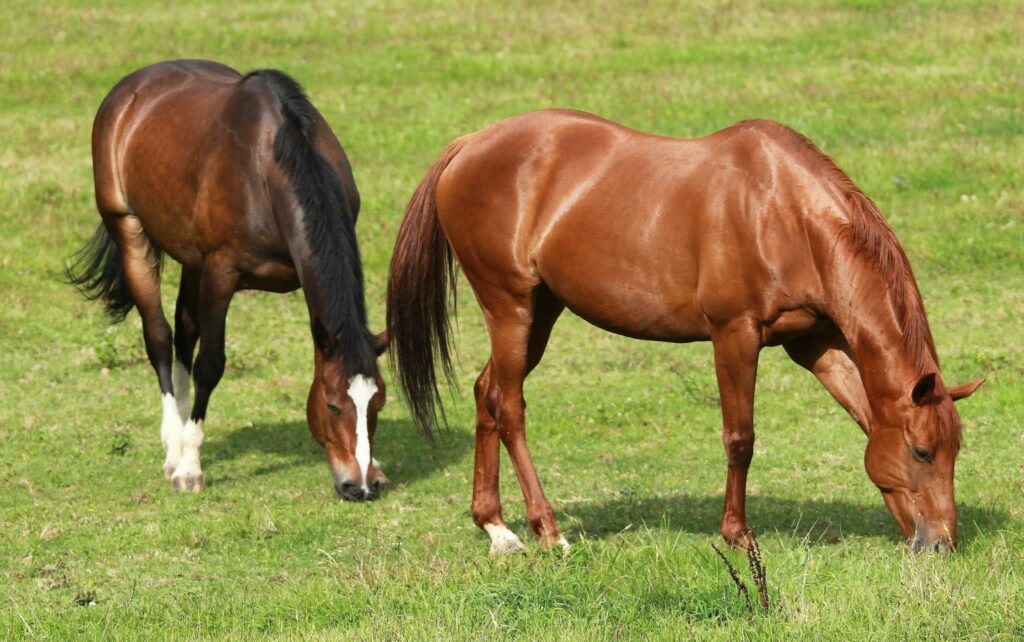
Le cycle des chaleurs de la jument étant court, vous allez donc y être régulièrement confronté durant les mois d’été. Vous connaissez maintenant les signes de l’apparition des chaleurs ainsi que comment soulager votre jument si elle ne vit pas bien ses chaleurs. Si les problèmes comportementaux de votre jument vont au-delà de ses chaleurs, découvrez comment la vétérinaire Eva Jonville les diagnostique dans cet article.
Et si on allait plus loin dans le suivi de la santé de vos chevaux ? Grâce à CEEFIT Pulse & ECG, vous pouvez réaliser des électrocardiogrammes et suivre la fréquence cardiaque de votre cheval durant vos séances afin de détecter les moindres pathologies et d’optimiser vos entraînements, toujours dans le respect du bien-être de votre compagnon.